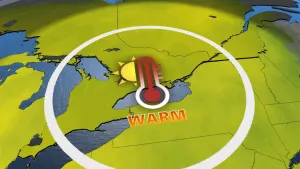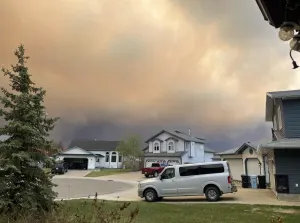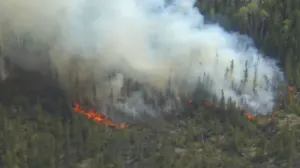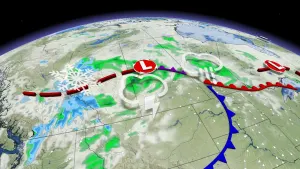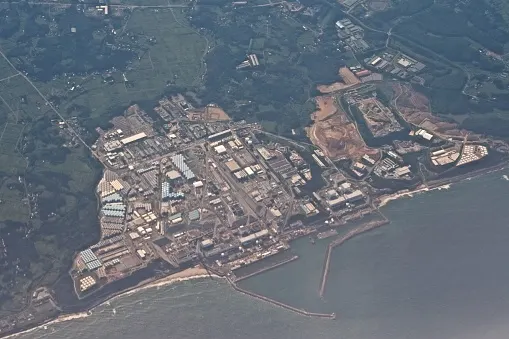
Fukushima: Nuclear-contaminated water raises 2020 Games site fears
Beginning late next July, Tokyo and several other sites around Japan will welcome elite athletes from around the world for the 2020 Summer Games. One of the sites carries with it a stigma that organizers are hoping to help heal -- Fukushima.
Some scheduled baseball and softball events will take place at Fukushima Azuma Baseball Stadium, located about 70 km northwest of the Fukushima Daiichi nuclear power plant. The site's three reactors famously suffered a partial meltdown in the wake of the 2011's Great East Japan Earthquake and the resulting 15-metre tsunami. The disaster was the second-worst since Chernobyl, leaving piles of melted radioactive fuel in the plant's three reactors.
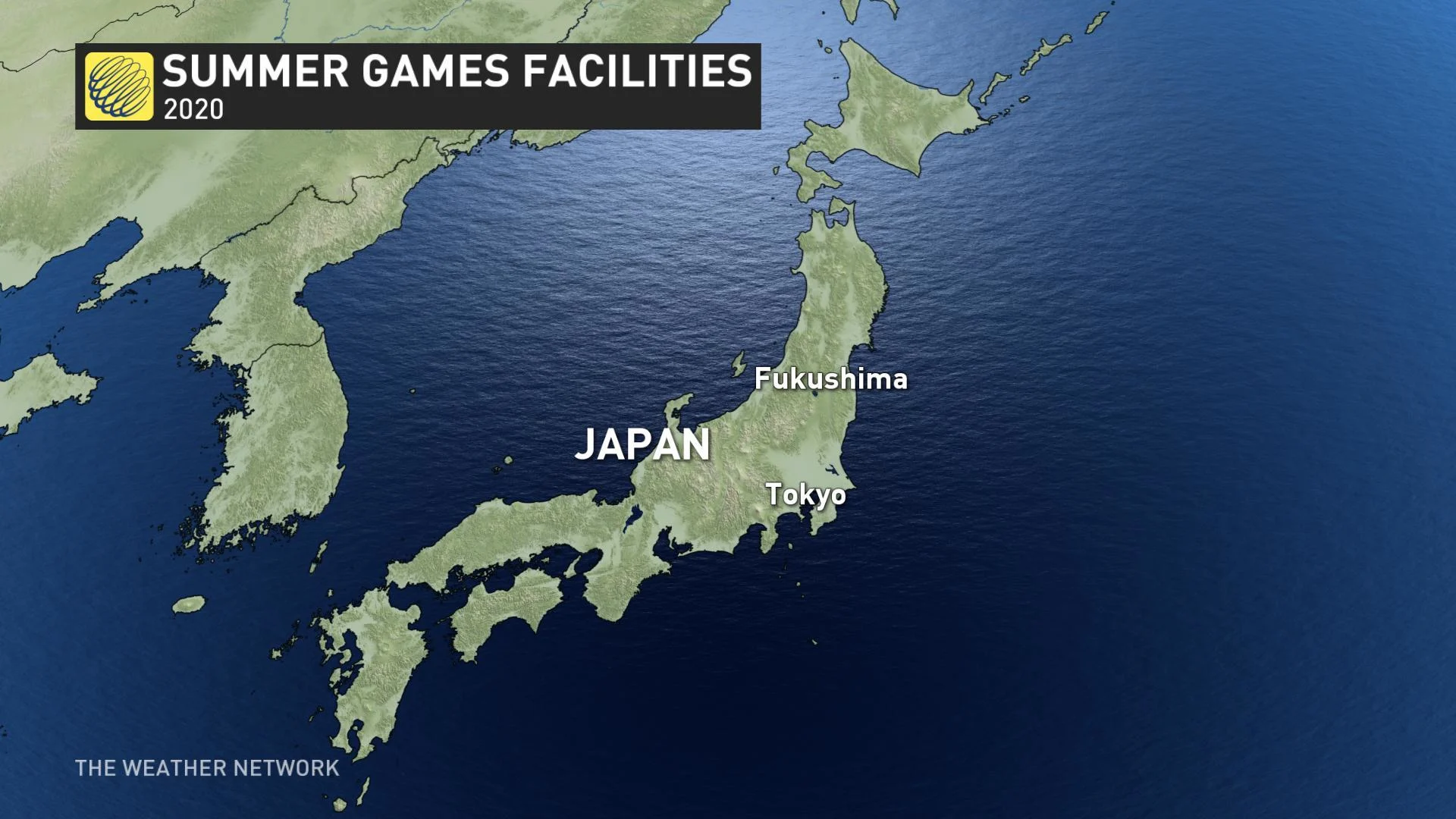
While it's now estimated that 96 per cent of the power plant can be safely accessed without protective clothing, and no evacuation order has ever been in place for parts of the prefecture -- including where the baseball stadium is located -- the damage to the name has been done, according to locals.
"We are looked at like Chernobyl," Saito Nobuyuki, who was born in Fukushima and now a sporting goods store there, told the New York Times. "It’s difficult to change."
Yoshiro Mori, the 2020 organising committee president, hopes by hosting events at the site, that change can begin.
"By hosting Olympic baseball and softball events, Fukushima will have a great platform to show the world the extent of its recovery in the 10 years since the disaster," Mori said, according to the Guardian.
There may be another hitch in the road to recovery, however, and it's looming on the horizon for next year.
Tremendous amounts of water flooded the reactors in the wake of the disaster, both from the tsunami itself and from water added to cover the melted reactors and allow them to cool as part of the efforts to clean up the site and decommission the plant. Since then, groundwater has also infiltrated the site. All of this water has been contaminated by radioactive substances, like cesium and tritium. While the cesium can be removed via processing, tritium generally remains, meaning the still-contaminated water must be stored.
TEPCO, the utility which operated the reactor, has installed about 1,000 large storage tanks at the site to hold the contaminated water; currently, more than 1.05 million tons of radioactive water are being stored in the tanks, and roughly 150 tons are added every day.
TEPCO continues to install new tanks, but according to the Japanese newspaper Asahi Shimbun, "space limitations mean that by the end of 2020, a maximum storage capacity of about 1.34 million tons will be reached." Officials have added that if the groundwater infiltration was decreased, it will be possible to stretch that date until summer 2022.
While more tanks can be installed, a long-term solution is still being sought and, so far, most of them aren't going over well with the locals.
One suggestion before the central government is to dilute the water after processing and gradually release it into the Pacific. Another is to build a long-term storage facility near the plant site. Fukushima residents, and fishermen in particular, have expressed strong opposition to both ideas, not over fears of the wastewater itself but because of the negative publicity and continuing stigma that would damage their livelihoods.
Tritium -- the contaminant left in the water after treatment -- is a relatively weak source of radiation that doesn't pose much threat to humans, though in extremely large quantities impacts to health are possible. It's commonly used in glow-in-the-dark lighting and signs.
Setting a deadline on the current storage situation puts additional pressure on Japanese authorities and the public to reach a consensus.
"When we talk about Fukushima’s reconstruction, the question is if we should prioritize the decommissioning at the expense of Fukushima people’s lives," Naoya Sekiya, a University of Tokyo professor of disaster social science, told the Associated Press. "The issue is not just about science."
Sources: Asahi Shimbun | New York Times | IFLScience | Guardian | Associated Press |






